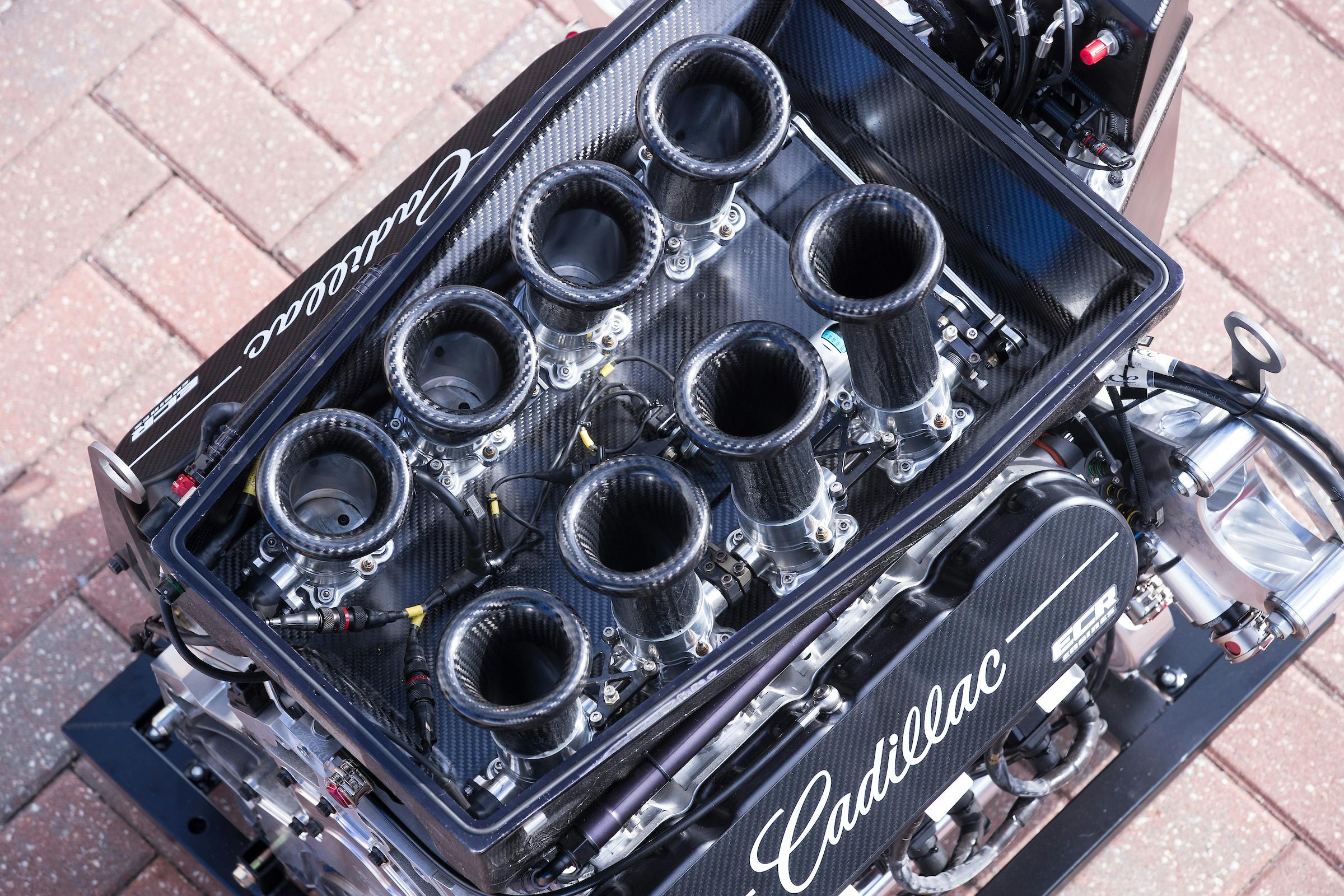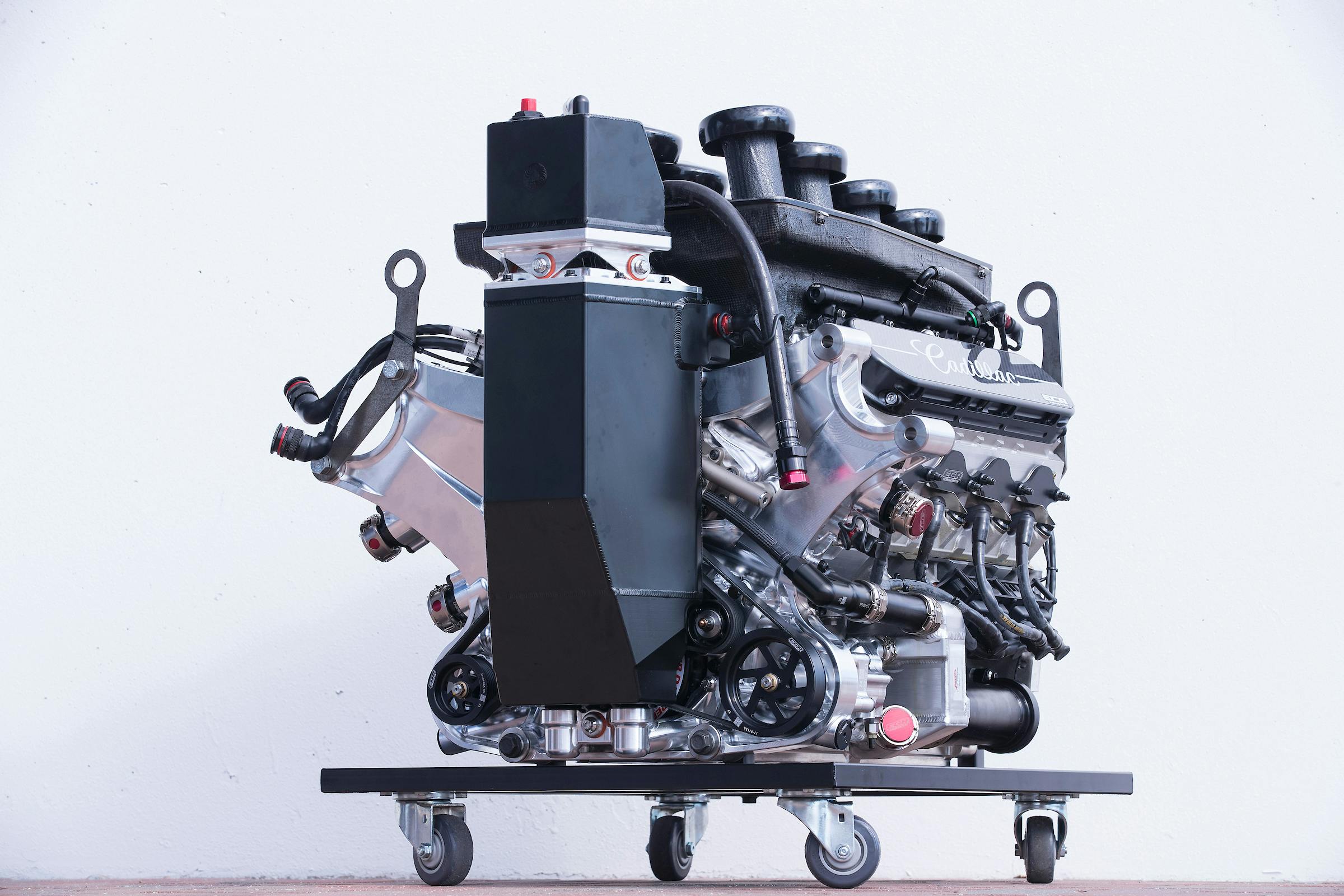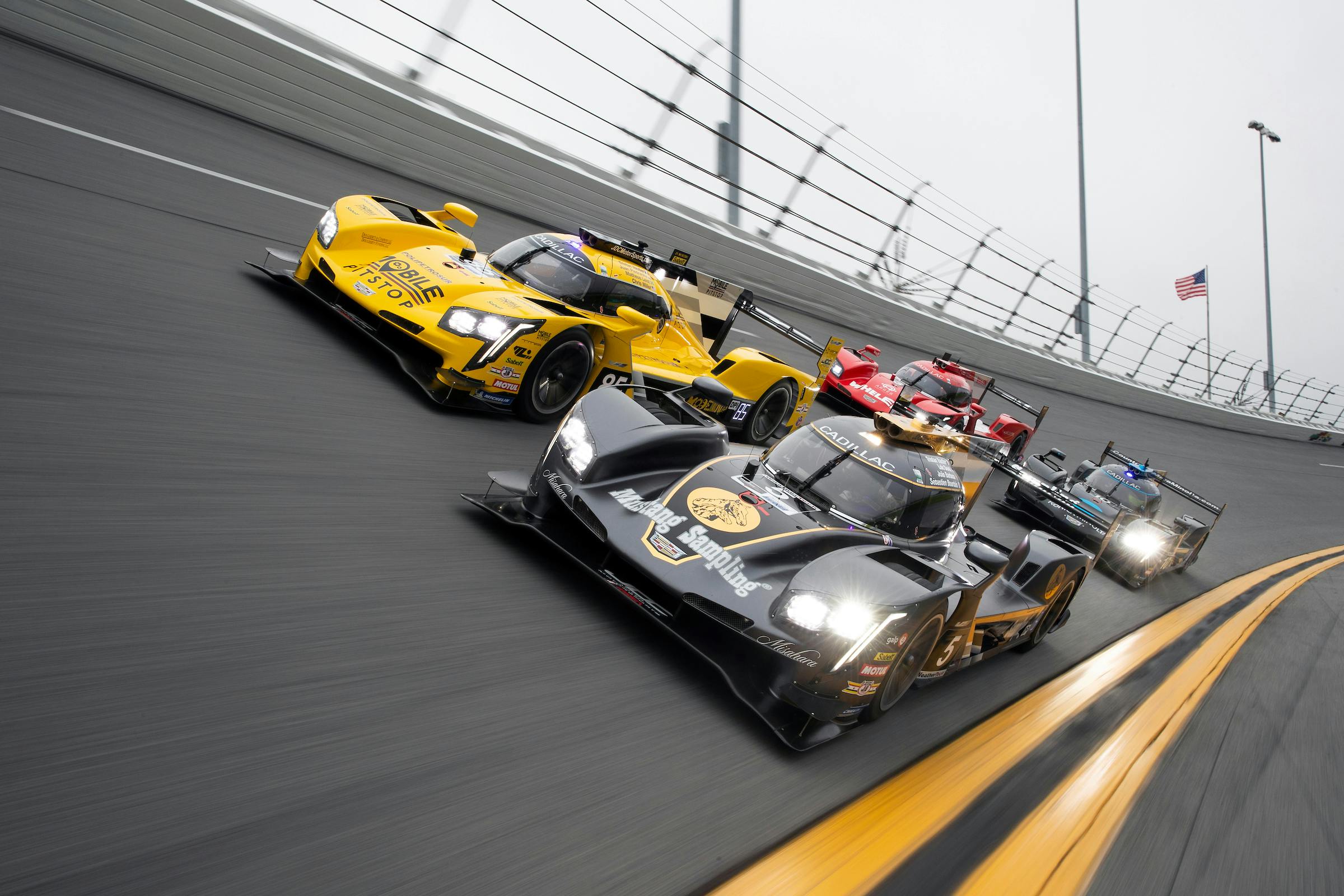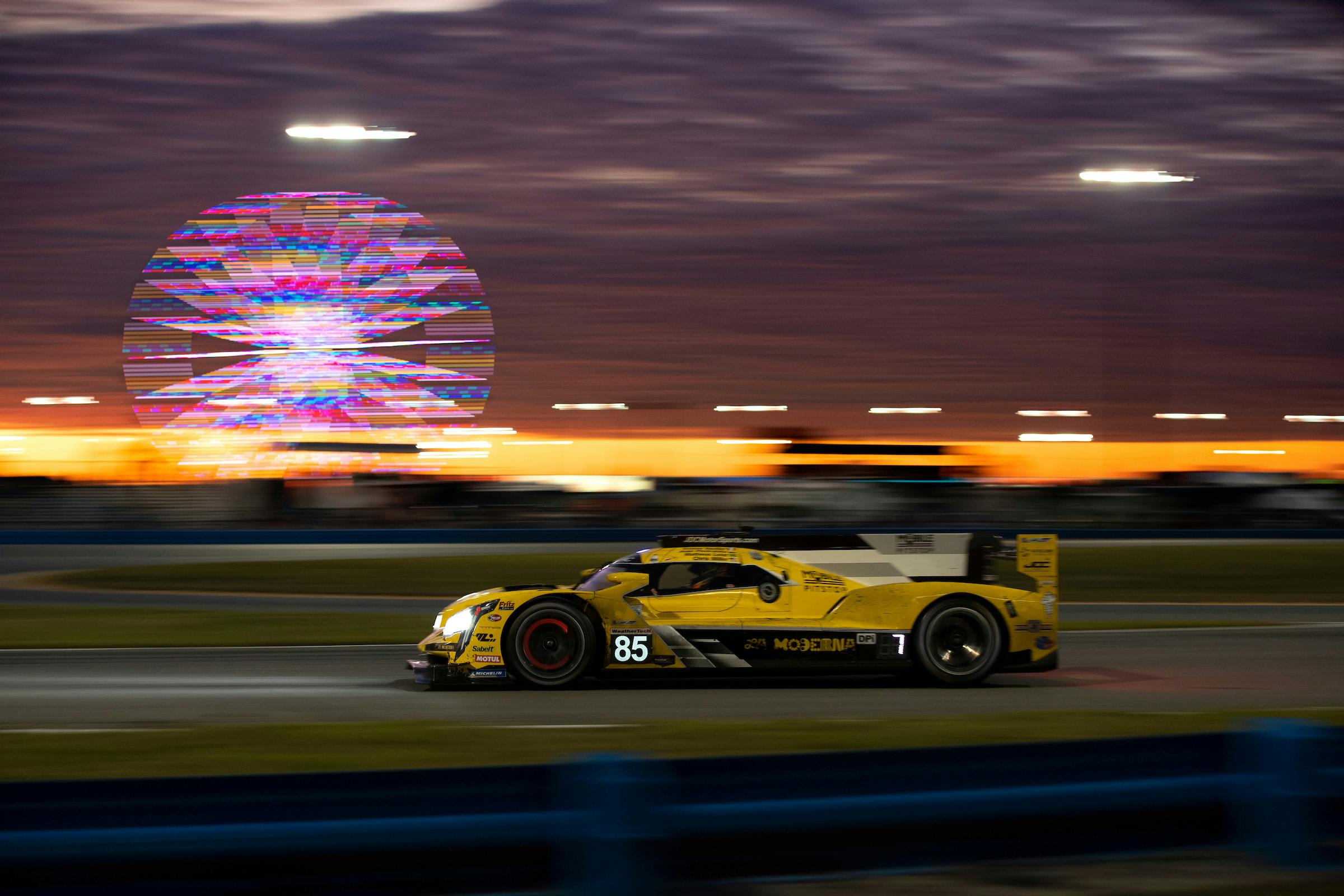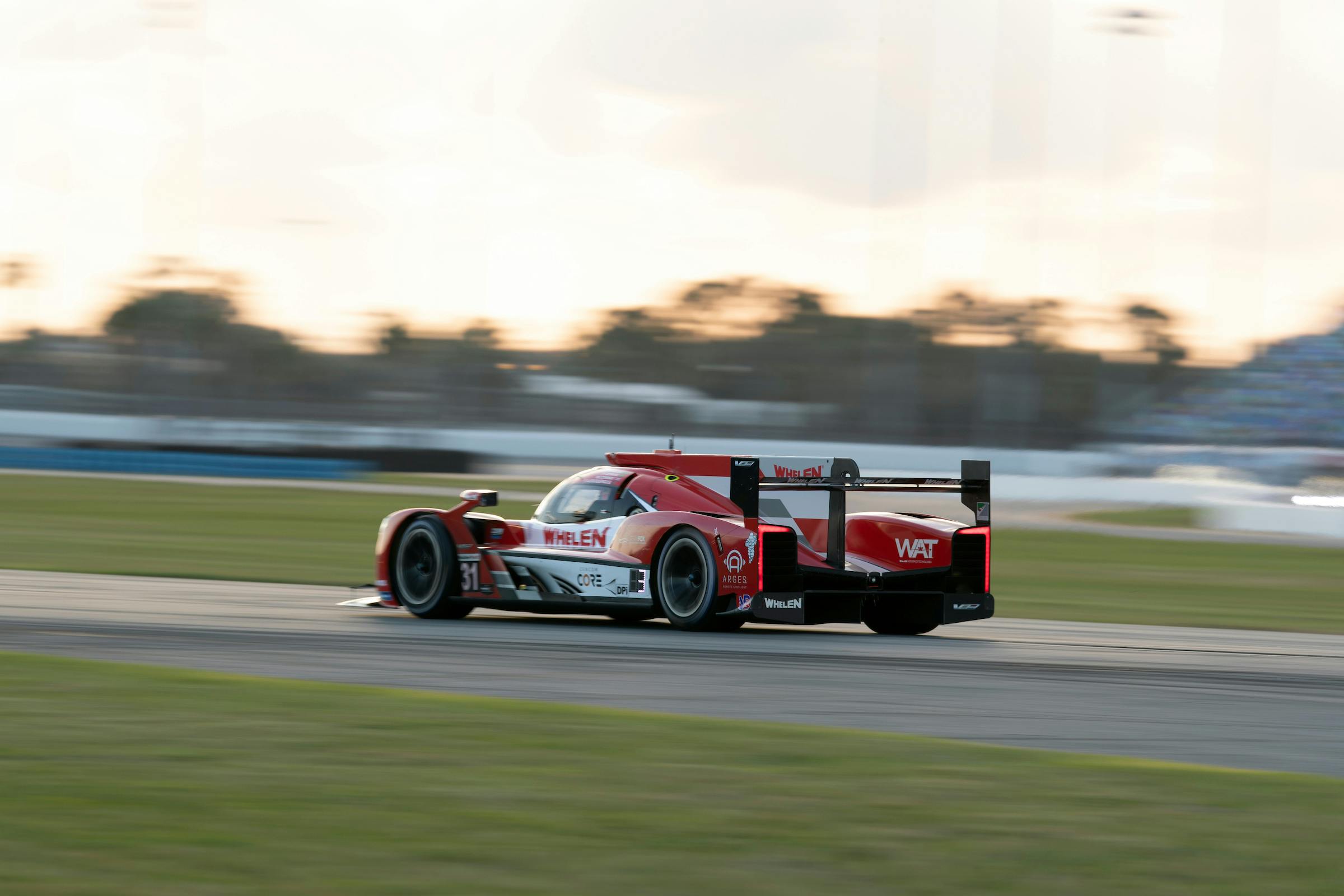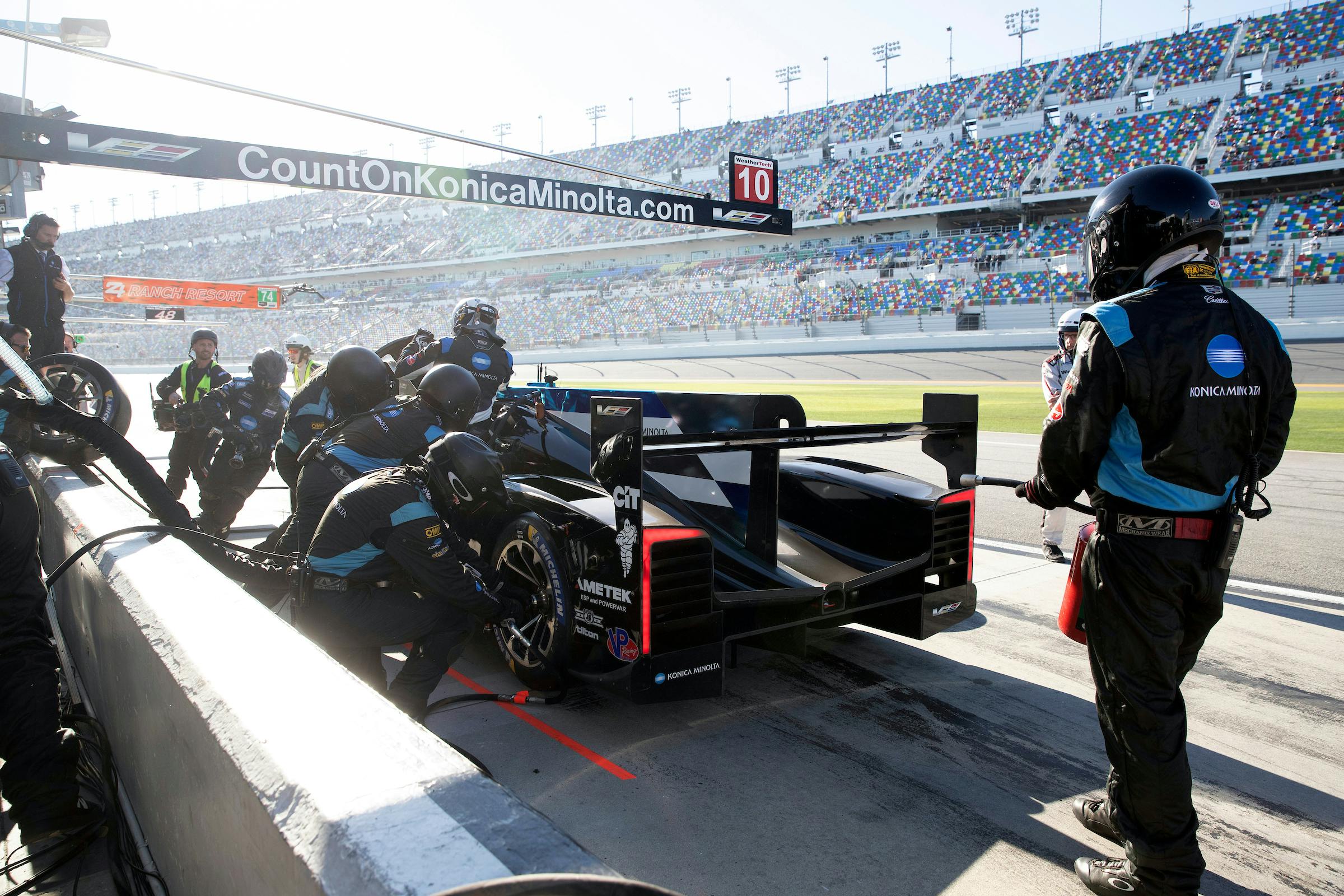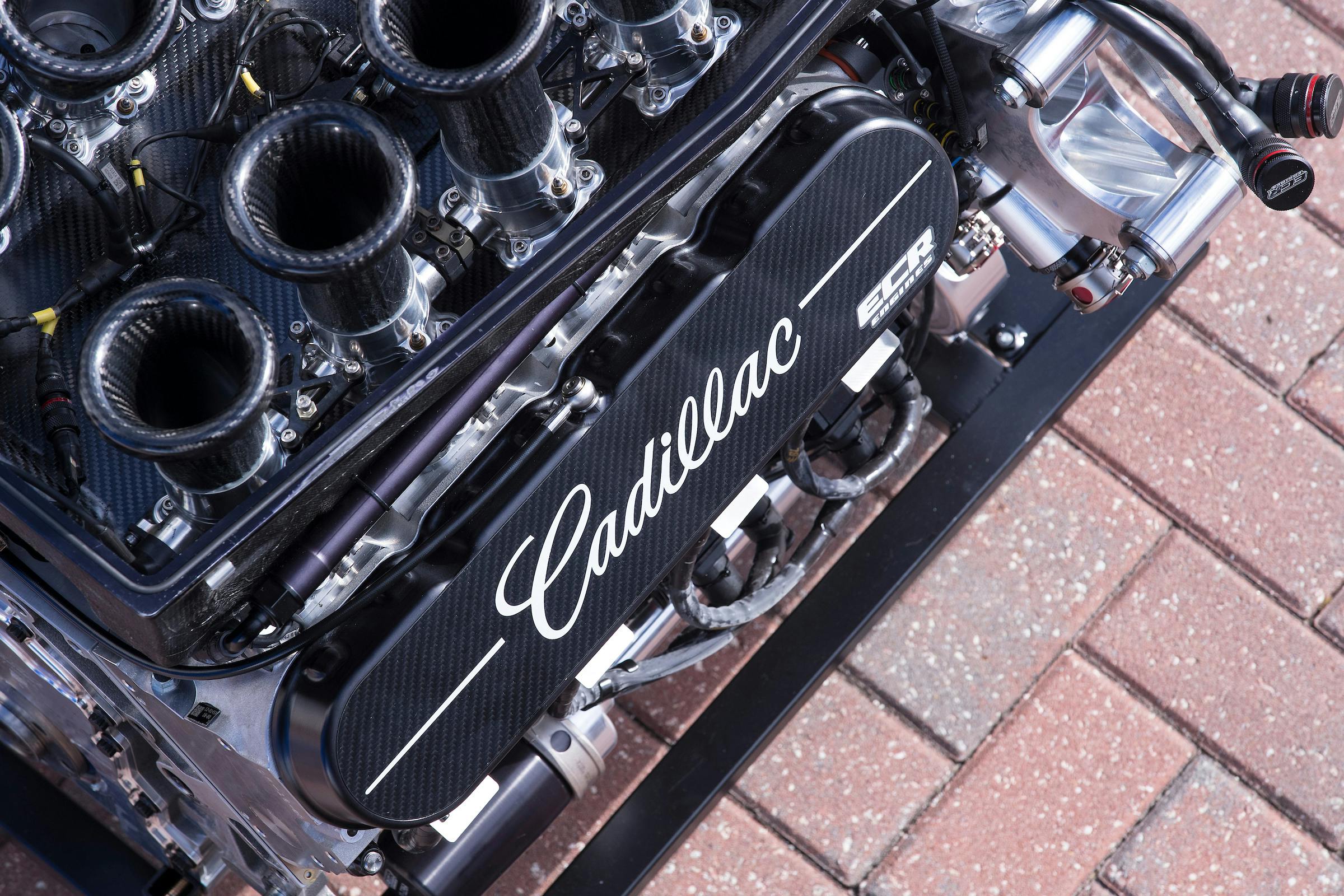Cadillac V-8s: A rich heritage of technology and Performance
Cadillac has a rich history of noteworthy engines: the first mass-produced V-8 engine starting in 1915 models, the V-16 of the 1930s and 1940s, and the overhead valve V-8 introduced in 1949. Fast forward to today, and there’s the supercharged 6.2-liter V-8 that cranks out 640 horsepower and is found in the 2019 CTS-V; the Escalade uses a naturally aspirated version of the engine, where it makes 420 horsepower. While the CTS-V has been discontinued, there are rumblings that the 6.2-liter will be the engine in the upcoming CT5-V Blackwing. And then there is the intriguingly named Blackwing DOHC V-8 in the now-defunct CT6-V.
An offshoot of the production 6.2-liter V-8 is the version that has found great success in Cadillac’s recent efforts in IMSA, where it races in the Daytona prototype class, or DPi; in racing applications, the engine displaces 5.5 liters and makes 580 horsepower at 7050 rpm. Cadillac has won the last four straight Rolex 24 Hour at Daytona competitions. At the 2020 race, Cadillac set a new race mileage record of 833 laps and 2965.48 miles.
DPi cars are restricted to using a chassis provided by one of four manufacturers, and none of them makes a mass-produced road car. Participants that purchase a chassis from one of the four are allowed to design the body that envelopes the chassis, but there is little resemblance to the company’s production vehicles.
The common denominator between road and race car is the engine, which is based on the production unit. In the case of the Cadillac, it uses a cylinder block, head castings, and head gaskets that have Cadillac part numbers. Other critical components, such as a fully counterweighted crankshaft, stout forged pistons, and steel H-beam connecting rods, are supplied by aftermarket companies. In the case of Cadillac, its engines are built by ECR Engines of Welcome, North Carolina.
Since DPi cars are limited to a maximum output of 600 horsepower—a number that is readily attainable without resorting to outrageous tuning tricks—ECR is able to concentrate on making the Cadillac’s engine robust and reliable. And that reliability has been critical to its success in the series. Case in point: this year at Daytona, all four Cadillacs were still running when the checkered flag dropped.
IMSA recently kicked off a new video series named Cars Are Star, where it is highlighting the technology and on-track achievements of the manufacturers competing in the WeatherTech SportsCar Championship and the IMSA Michelin Pilot Challenge. The first episode features Cadillac’s DPi cars; you can check it out here or watch the video below.
